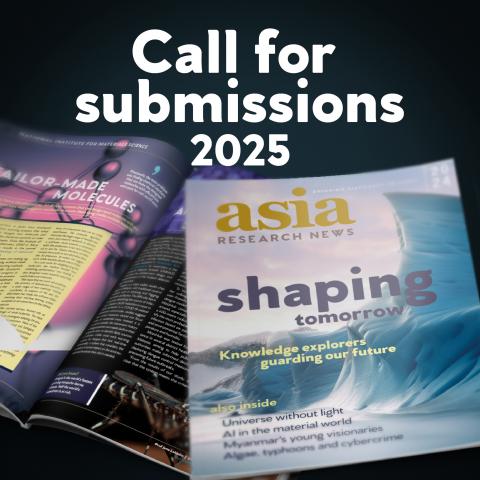2015
Read past issues:
2015 Magazine articles
Individual articles for this issue is not available. Please click on the PDF above to read the articles.
Read past issues:
Individual articles for this issue is not available. Please click on the PDF above to read the articles.
 Learn more
Learn more